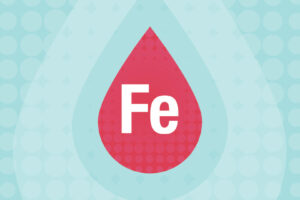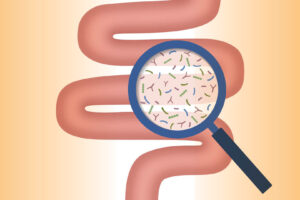Laura Mulroy is a hands-on architect, often rolling up her sleeves to help complete home renovation projects for her clients. When the active Freehold resident’s chronic neck pain began to impact her livelihood, Laura sought a long-term solution.
Laura, 51, had neck pain, migraines, and tension headaches for decades. Five years ago, she learned that she had two herniated discs in her spine. Massage, chiropractic care, and pain management only provided short-term relief. Then, while moving her daughter to college, Laura tweaked her neck, causing severe pain and limited movement.
“I couldn’t brush my hair and had trouble getting dressed because I couldn’t lift my arms,” Laura says. “I stopped going to fitness classes and stopped lifting weights. I wasn’t able to do many of the things that I enjoy.”
Laura’s sister, Beth Gutierrez, RN, a nurse in CentraState’s Post-Anesthesia Care Unit, suggested she see neurosurgeon Mark McLaughlin, MD.
A Surgical Solution for Long-Term Relief
In about 80 percent of cases, neck and back pain can be managed with watchful waiting, steroid injections, or physical therapy, according to Dr. McLaughlin. The remaining 20 percent of patients may be candidates for surgery. “Laura’s pain was caused by a large disc herniation pinching a nerve,” Dr. McLaughlin explains. “We first tried conservative approaches like physical therapy and epidural steroid injections. When those methods no longer helped, I recommended surgery.”
A common way to replace a herniated disc is to perform an anterior cervical discectomy and fusion (ACDF). This removes the injured disc, replaces it with a spacer, and locks movement in that joint—but it also requires the joints above and below the fusion to work harder, which can lead to arthritis and additional surgery. Instead, Dr. McLaughlin performed arthroplasty, which replaces the disc but doesn’t fuse the bones together. This preserves the spine’s normal range of motion while decreasing recovery time from about three months to two weeks.
“Arthroplasty is as effective as ACDF and may be more effective for certain patients, particularly those under age 60 without significant arthritis who have full movement of the neck,” Dr. McLaughlin explains. For Laura, the effect of the surgery was nearly instantaneous.
“I woke up in recovery and was able to windmill my arms without pain,” she says. “The entire experience was phenomenal. When my husband, Gene, and I were feeling nervous about the surgery, the nurses were extremely compassionate and attentive, putting us at ease.”
About a week after surgery, Laura was able to work out at the CentraState Fitness and Wellness Center for the first time in two years.
“I’m no longer constantly stretching to alleviate the pain, and my headaches are gone,” Laura says. “I’m like a new person.”
For more information on the Neuroscience Center at CentraState, visit centrastate.com/neurology or call 866-CENTRA7 (866-236-8727).





